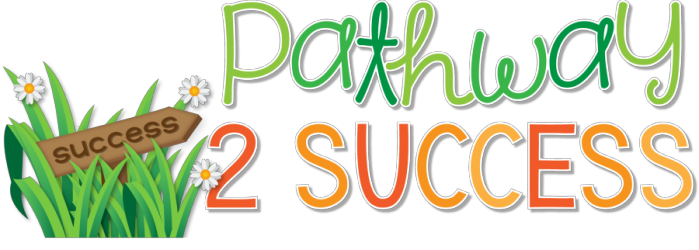
Art is such a powerful tool to help shape the minds of kids and young adults. Simply put, there are many benefits to using art as a way to teach new skills. Art is often non-threatening to kids and young adults. It is seen as a fun and hands-on activity, rather than hard work. Because it is not perceived as a challenge, art activities can often draw in kids and young adults who may be resistant to other types of teaching strategies. Art also helps build confidence, encourages empathy and acceptance of differences, allows for free expression, encourages creativity, and builds problem-solving skills.
The good news is that you can and should incorporate critical learning into art activities! You do not need to be an art teacher or even consider yourself an artist at all to incorporate some of these ideas into your work with kids and young adults. If you want to just get started right away, consider checking out these Art Activities for Social Emotional Learning with ready-to-teach lessons and activities to help build self-awareness, increase confidence, strengthen relationships, manage emotions, build collaboration, and improve problem-solving skills.
Here are some ways to teach social emotional skills using art:
Have students make a collage about themselves. Use old magazines and newspapers to have students find and cut out elements of who they are. Kids can use a variety of words, pictures, or their own drawing to highlight who they are. This can be a great activity for students to get to know each other while building confidence in themselves.
Make a selfie portrait. Have students print their favorite selfie of themselves. Around the selfie, have students make up hashtags of their best qualities to illustrate who they are. Some hashtags might include #hardworking, #intelligent, or #kind. This is a fun activity to help students build more confidence in themselves and develop self-love.
Explore emotions with different colors. Discuss different emotions including sadness, anger, worry, and happiness. Have students find and paint with colors that go along with each emotion. For an extension, kids can even color with different shades of each emotion. For example, feeling irritated might be a light orange shade while feeling enraged might be a dark red. Using colors to explore emotions in this way makes it concrete for kids and young adults to discuss and identify feelings.

Draw a special moment. Have students draw a moment, activity, or time in their life that was special to them. This gives students the chance to reflect, practice gratitude, and share a piece of themselves to the class. Another idea is having students draw someone who is special to them. You can even have them create a mini-booklet by drawing 5 people, places, and things they are grateful for.
Make a gratitude box. A gratitude practice helps us consider and appreciate the things we have. It’s important to be grateful for the big things in life, like family and friends. Of course, we also need to remember to be thankful for small and simple things too! For example, kids might be grateful for their favorite song or the feeling of warm clothes straight out of the dryer. Paint a gratitude box with students. Have them write on slips of paper some things they are grateful for and add them in.

Create a positive self-talk spiral. Teach about positive self-talk. Practice some favorite affirmations together such as “I am strong” and “My challenges help me grow.” Have students select their favorite self-talk statements and write them in a spiral. They can color or paint the spiral after.
Teach art as a coping strategy. Many kids and young adults need positive outlets to manage their emotions. Art can be the ideal tool to help students calm themselves when they are stressed. Mindful coloring can be a simple and easy way to teach this. You can find kids or adults coloring books at any store for fairly cheap. Let students choose a page on their own and spend time coloring quietly while letting their minds rest. Discuss how students feel before, during, and after coloring to help them recognize that they feel calmer after taking time to themselves.
SEL Art Lessons & Activities
If you love these ideas and want to get started right away, consider these Art Activities for Social Emotional Learning. They include ready-to-teach lessons and activities to help build self-awareness, increase confidence, strengthen relationships, manage emotions, build collaboration, and improve problem-solving skills.











I like that this article talks about using art to help kids step outside their comfort zones, such as trying different materials and talking to them about it. If you want your child to gain these skills, it would probably help to find a program that offers kids art lessons. Finding one that focuses on children could ensure they’re able to start from the beginning to learn the right skills and different materials to help them improve.
love your video. would like more information. I’m an educator of elementary school. Need activities that are on-line friendly for those times when, due to covid are not conducive.
Hi Priscilla, I actually started working on art activities for Google Slides but haven’t finished it yet. I do have several online digital SEL activities, though! You can find more here: https://www.thepathway2success.com/sel-lessons-and-activities-for-the-virtual-classroom/ -Kris